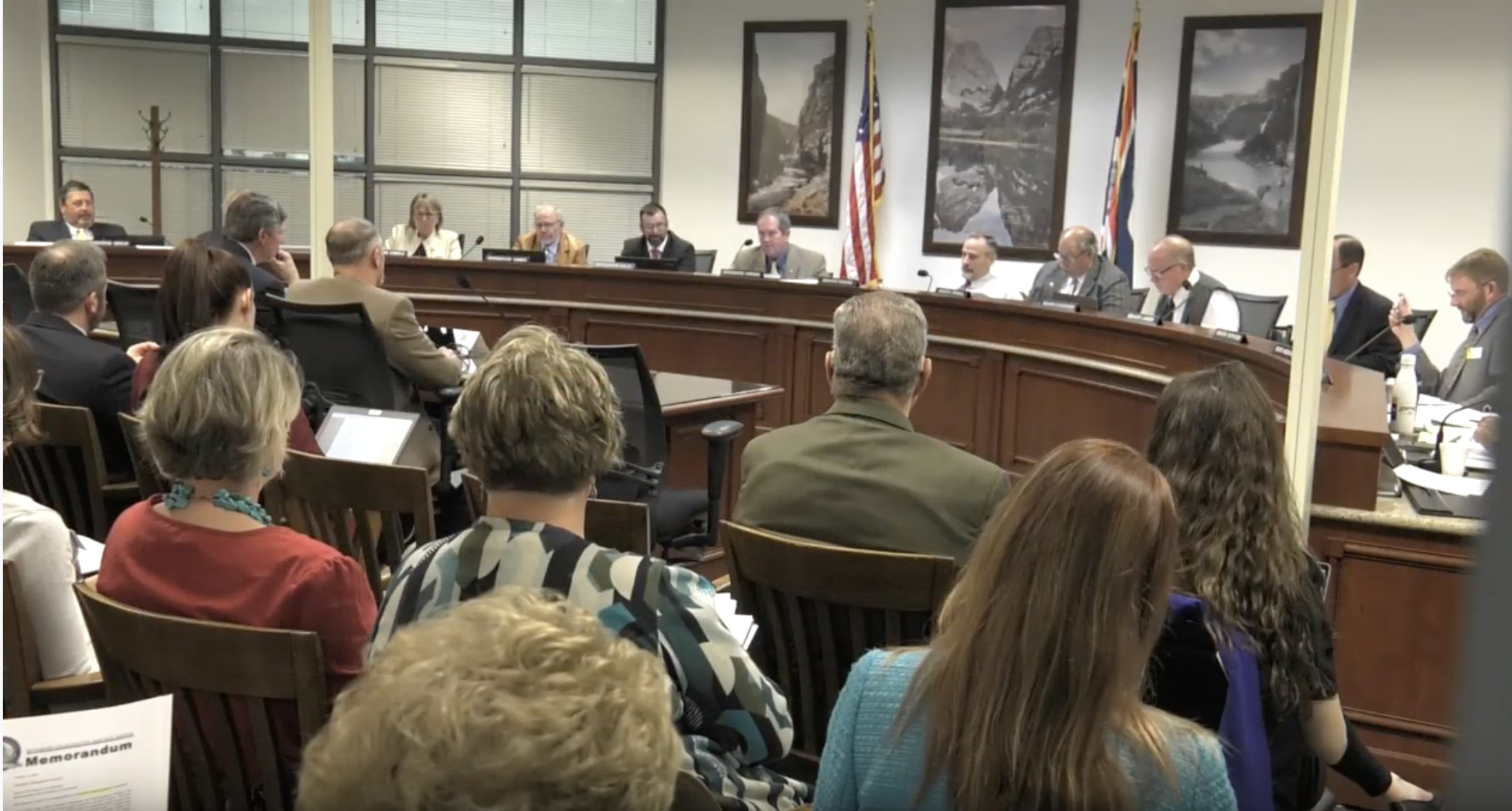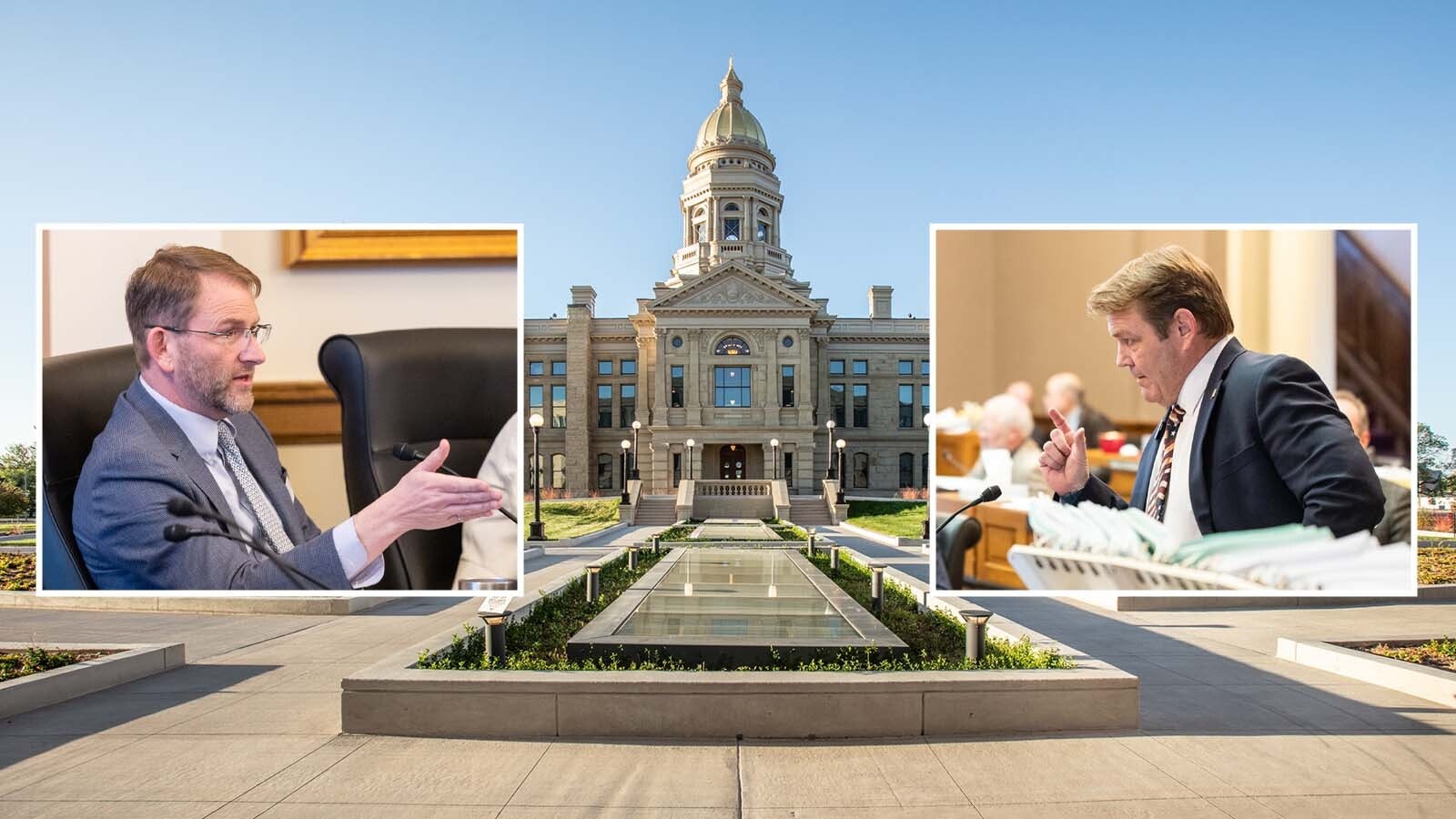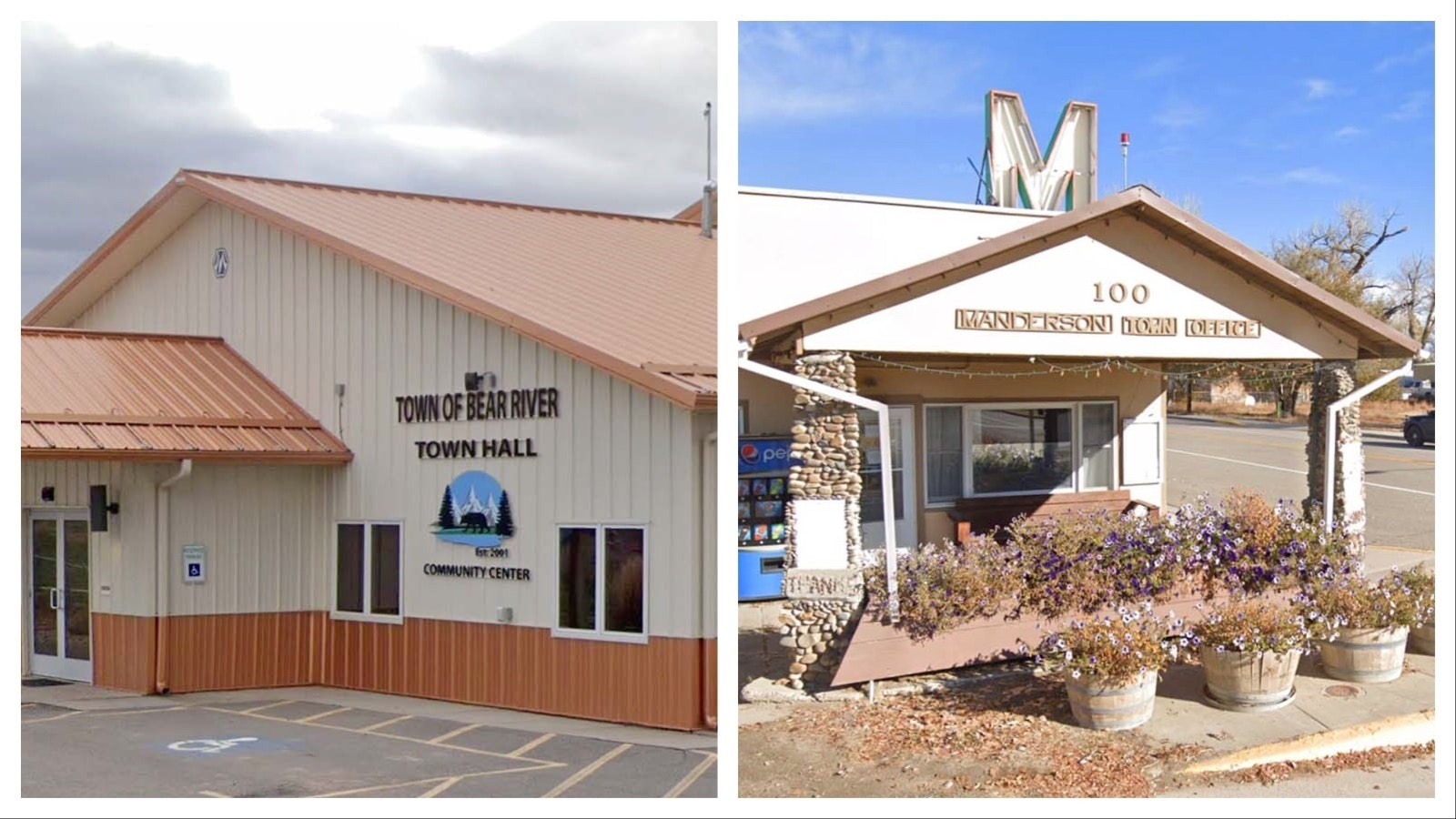On Feb. 10, the 2020 Budget Session of the Wyoming Legislature officially begins, one that could be somber and frustrating — considering Gov. Mark Gordon has told lawmakers that after mandated expenses they only have around $23.5 million to play with.
As in prior budget sessions, the 12 members of the Joint Appropriations Committee, which crafts the state’s two-year spending bill, has met for a good chunk of December, poring over rows of numbers, grilling state agency heads and discussing the needs of the state.
Most sections of the biennial state budget that lawmakers will pass will go into effect July 1 and end June 30, 2022. Read on to learn more about the JAC and the budgeting process.
The agencies
The budgeting process starts with the heads of state agencies, which fall under the executive branch, submitting budget requests to the governor budget in the autumn before budget sessions, which the Wyoming Constitution states must occur during even-numbered years.
The governor
Each governor is required to release budget recommendations by Dec. 1 prior to a budget session, per the Constitution.
“What the governor does is he meets with all agencies and listens to their requests,” said John Hastert of Green River, a former Democratic lawmaker who served on JAC for about eight years.
The budget recommendations that the governor prepares for the Legislature show the agency requests and whether he accepts, modifies or rejects each one, Hastert said.
Last month, Gov. Mark Gordon submitted budget recommendations with the expectation of around $3 billion in revenues from the General Fund — the state’s main bank account — and the Budget Reserve Account, which is akin to an overdraft account for the General Fund.
Gordon largely recommended the Legislature keep spending low, considering the ongoing slump fossil fuel revenues, which most state leaders do not believe will be reversed any time soon, as the natural resources industry is undergoing fundamental changes.
Gordon called for significant reduction in capital construction and limits on tapping the rainy day fund – to be used solely for legislatively-mandated educational needs and local governments.
“We have only $23.5 million in structural (ongoing) funding available toconsider distributing during this biennium to any entity, including the entire executive branch, higher education, the Judicial Branch, and the Legislative Service Office,” Gordon said in his budget recommendations. “Additional spending cuts are on the horizon and appear imperative to keep Wyoming moving forward.”
Budget hearings
During the first week of December, the governor and agency chiefs meet with the JAC and explain budget recommendations and requests.
This year, Gordon met with the JAC on Dec. 9. The agency heads met with the JAC through Dec. 20.
JAC interviews with agencies are expected to continue into the beginning of January, from Jan. 6-10 and again from Jan. 13-17.
Hastert said the information during the interviews with the agencies is valuable: “They get first-hand information,” he said.
JAC markup
In the last two weeks in January, JAC markup begins. Lawmakers will start on the first pages of the governor’s budget recommendations and “mark up” the items with their own ideas of what the budget should look like.
“They start with the governor’s recommendations and it’s either an ‘aye’ vote or ‘no’ vote or modify,” Hastert said. “Most of the time, it’s usually taking more of a cut. It’s just the nature of JAC to try to cut even further.”
The JAC’s version of the budget is the one that will be submitted for review by the Legislature.





